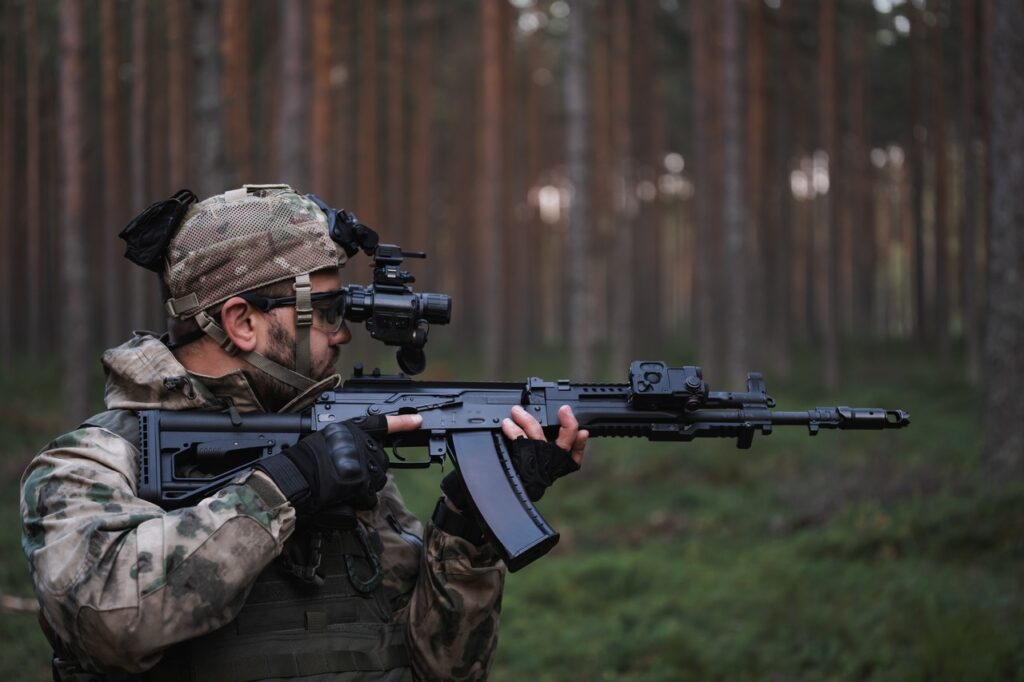
The Vicious Victor-Class has One Fatal Flaw
Here’s what you need to remember: Sixteen Victor I submarines were commissioned through 1974, all of which retired in 1997 and have since been disposed of.
One of the less well-known Soviet submarines, the Victor I-class laid the foundation for what became one of the Soviet Union’s most successful nuclear-powered attack submarine lines.
The November-class was the USSR’s first line of nuclear-powered attack submarines, inaugurated in 1958. The result of a sweeping collaborative effort across the postwar Soviet defense industry, the November-class vessels suffered from a host of design deficiencies; among them, above-average noise generation, a relatively short service life due to the design idiosyncrasies of its propulsion system, and suboptimal submarine detection potential. Not to mention, the November-class line was so prone to catastrophic, fatal breakdowns that these submarines may as well have been bona fide underwater coffins for the servicemen unfortunate enough to be assigned to them.
In the following years, it became clear to the Soviet security establishment that the Navy needed more reliable attack submarines that were better suited for anti-submarine warfare (ASW) mission requirements—these included both detecting, tracking, and targeting enemy attack submarines as well as escorting and supporting Soviet ballistic missile submarines and high-value surface vessels.
Moscow launched a seven-year plan for the construction of new nuclear-powered attack submarines capable of fielding modern weapon systems while being quieter and more tactically flexible than their predecessors. This prospective new vessel was to be something of an all-in-one solution for the Soviet military’s attack submarine needs, serving in all established theatres of Soviet naval power.
The eventual result of these efforts became the Project 671 class, NATO reporting name Victor. The project actively courted the ideas of a new generation of relatively young Soviet engineers, but the forward-looking nature of this work meant that the Victor class was not without its growing pains. The Victor team reportedly cycled through as many as twenty prototypes of the submarine during its development, tinkering with its armament suite, arrangement of internal components, the precise location of torpedo tubes, and propulsion mechanisms to strike the optimal balance between firepower, noise, and underwater performance that the Soviet Navy was seeking.
The Project 671 Yorsh, better known in the west as Victor I, submarines were introduced in 1967. The “teardrop” hull design on these vessels promised several key hydrodynamic benefits in submerged performance, including a formidable top speed of thirty-two knots and relative reductions in noise generation. The Yorsh vessels featured a submerged displacement of 6,100 tons and an effective operating depth of 320 meters. The serially-produced version of Victor I boasted six torpedo tubes for the standard Soviet Type 53 torpedoes, as well as RPK-2 Vyuga anti-submarine missiles.
Sixteen Victor I submarines were commissioned through 1974, all of which retired in 1997 and have since been disposed of. Though they provided a massive generational leap in ASW capabilities over their predecessors, these vessels nonetheless fell prey to the common Soviet design trend of prioritizing offensive capabilities at the expense of acoustics. It is this critical vulnerability that the next entry in the Project 671 class, the short-lived Victor II submarines, were designed to redress.
Mark Episkopos is a national security reporter for the National Interest.
This is the first in a series of three essays providing an in-depth look into the capabilities and history of the Victor I-III class submarines.
Image: Wikimedia Commons


